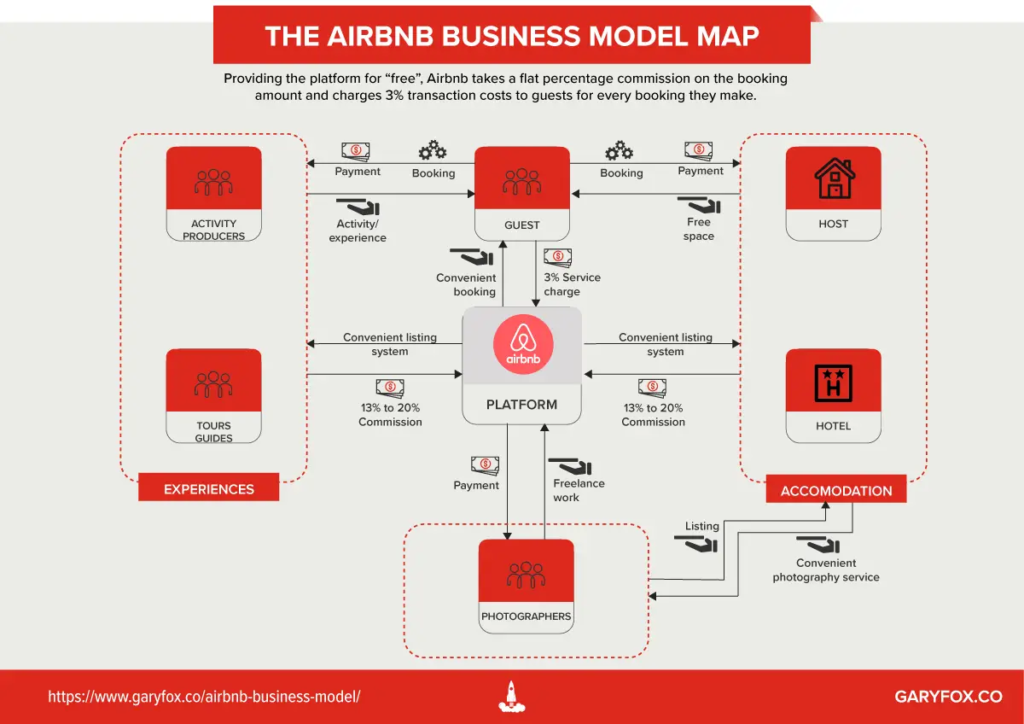Are you excited for Munich?
Watch this interview
George and Jeroen discuss how to sketch out an initial overview of your business model
PRO TIP: click below to download an AUDIO ONLY version so that you can listen on the go!
Business Model Mapping
Required ingredients for this lesson
- Initial customer segment alpha version defined
- Solution alpha version defined
- Value proposition alpha version define
- Revenue model alpha version defined
Outcome of this lesson
- Identify what parts you need to arrange to let your business function
Mindset
- What is the simplest business model that I can pull off?
Format
- Business Model Toolkit (miro template). You can then paste a screenshot into your Journey Scrapbook.
Instructions >
In the previous lesson you designed your revenue model. Now you almost have all the puzzle pieces required to design your full startup. We will do this in a systems thinking approach, making a map of how values transfer in your mini-ecosystem that is your startup, including customers and suppliers.
We use the Business Model Toolkit (not to be confused with the Business Model Canvas). This is best explained with some examples:
Example: Spotify:

Example: AirBnB

In my experience teaching this lesson, these two examples are quite self-explanatory, but if you want to dive deeper, click the extra explanation links underneath the images.
The task for this lesson:
- Map out your business model using the Business Model Toolkit in Miro. Copy the template.If you are new to Miro, acquaint yourself with the software.
- If you want some feedback of your map, you can Slack me (Jeroen Coelen) for some pointers
- Identify the weak spots in your business model You probably have about 3 to 6 nodes in your business model. You have many things being transferred between those nodes For each of the nodes and each of the things transferred, ask yourself:
- How much evidence do I have that this works?
- 1 = no evidence this works 5 = I’ve prototyped it works
- E.g.: For your customer, do you already have people saying yes to a pilot? That’s 4/5. Havent’ spoken to your customer, unsure this person exist? 1/5Put a post it with a number, ranking 1 to 5 for each element in your business model.
- How much evidence do I have that this works?
- Make a list of the lowest scoring elements of your business model. These are your weak spots. This is what we will need in Munich
Example:

